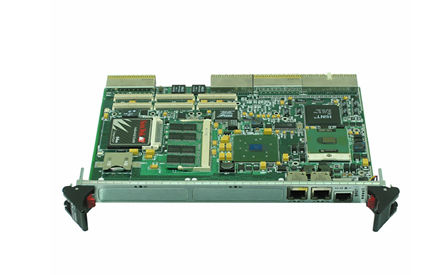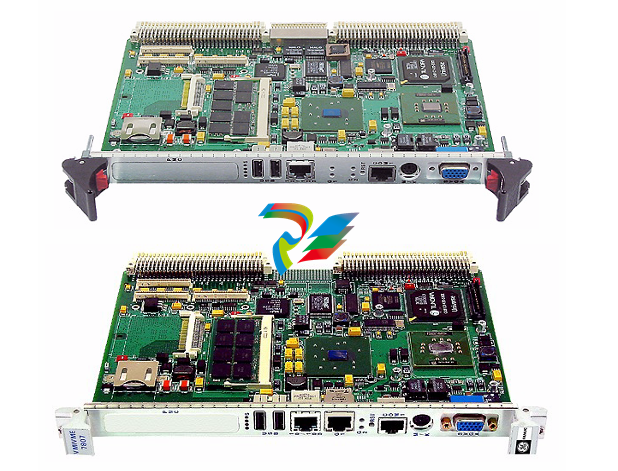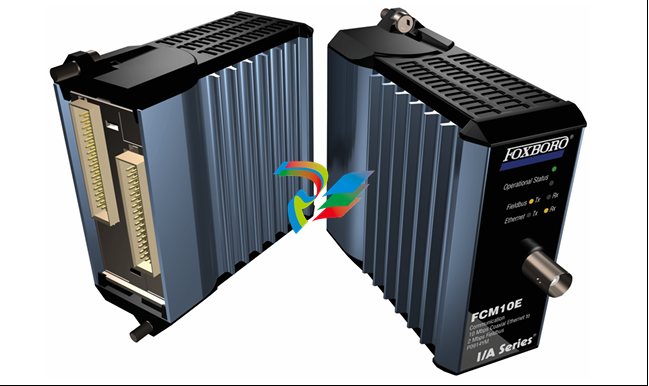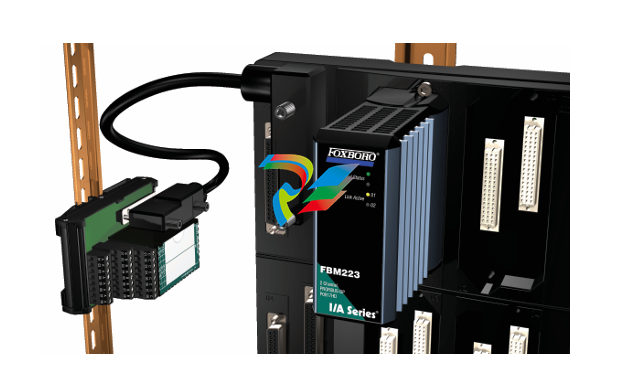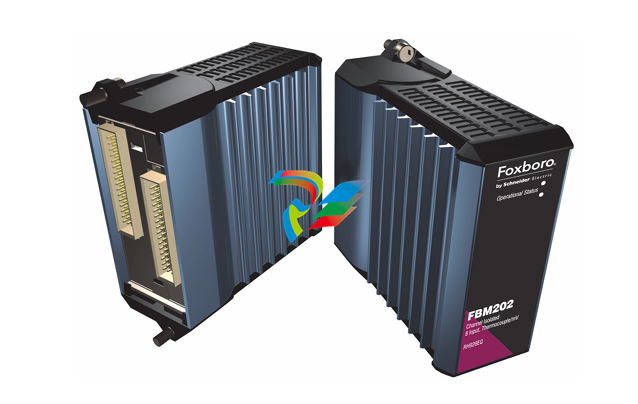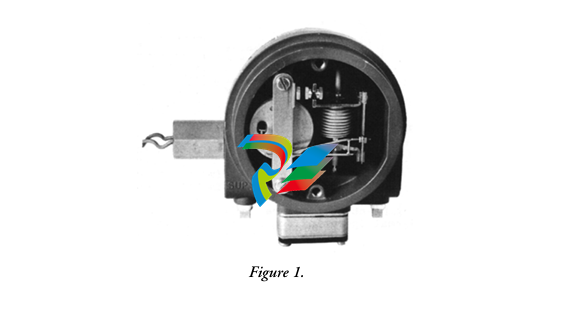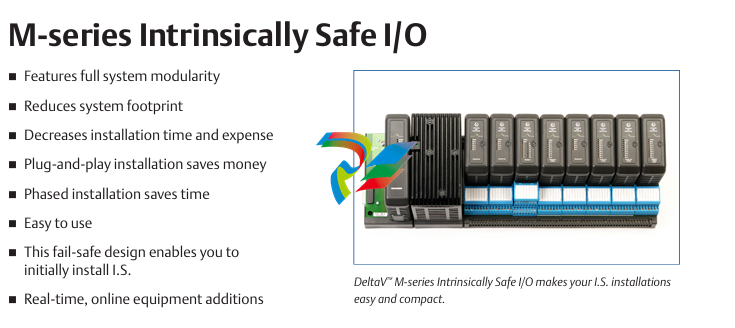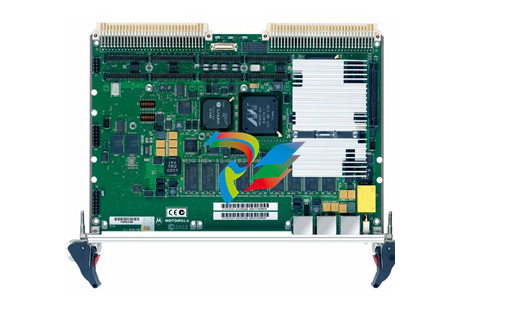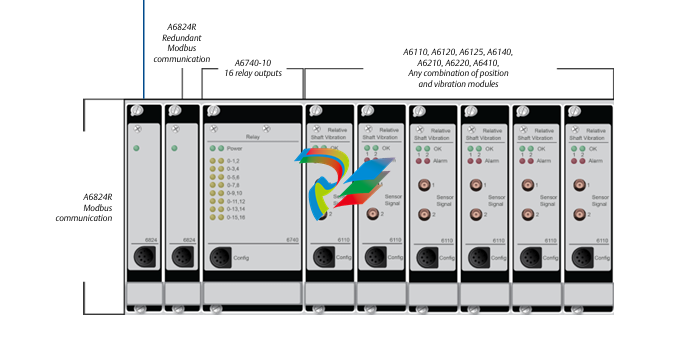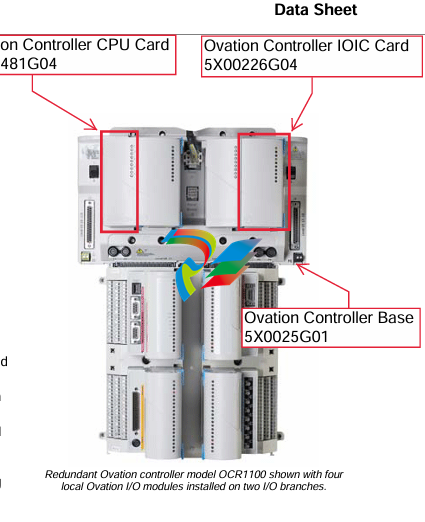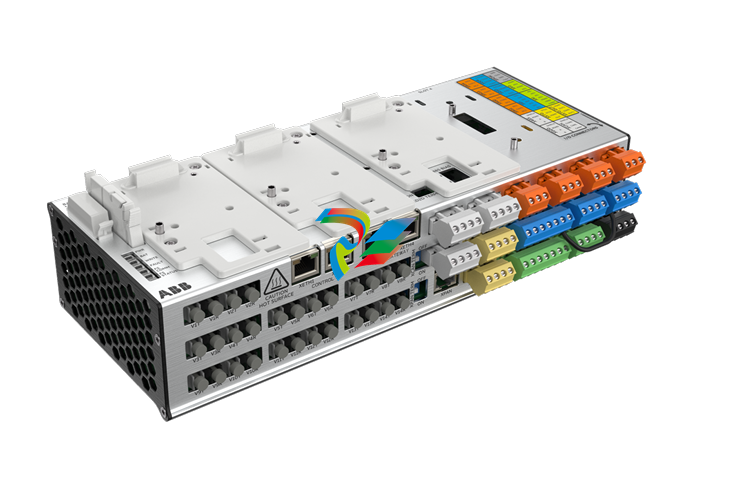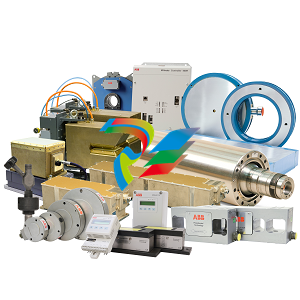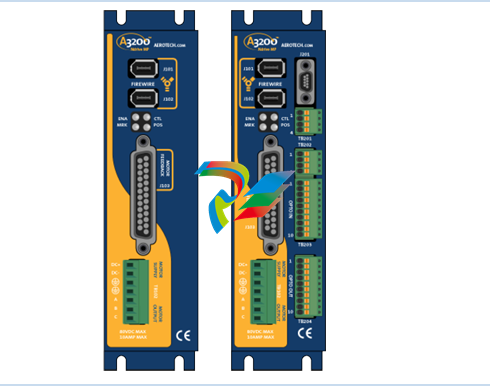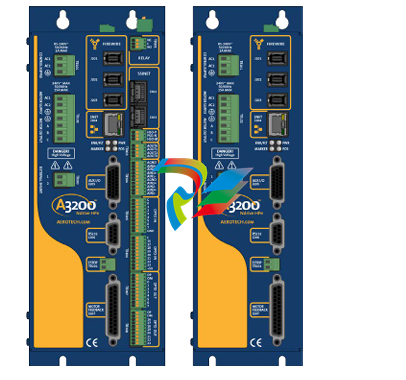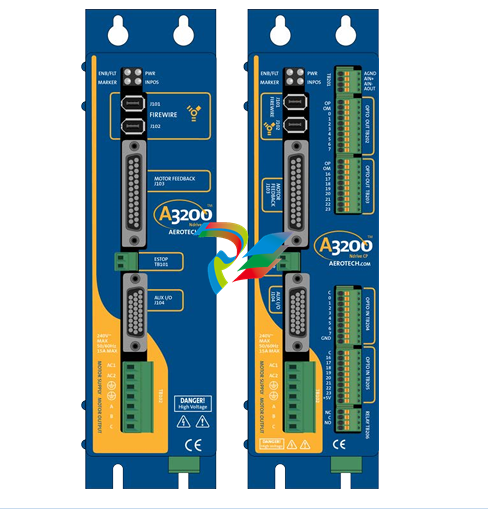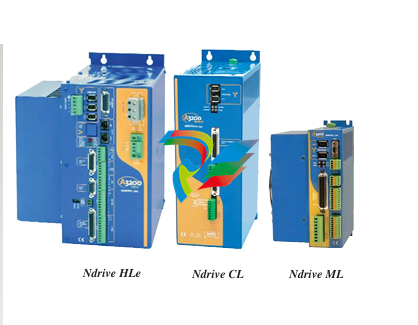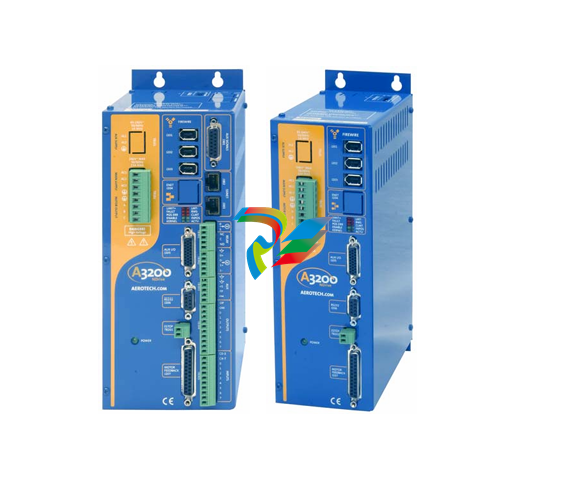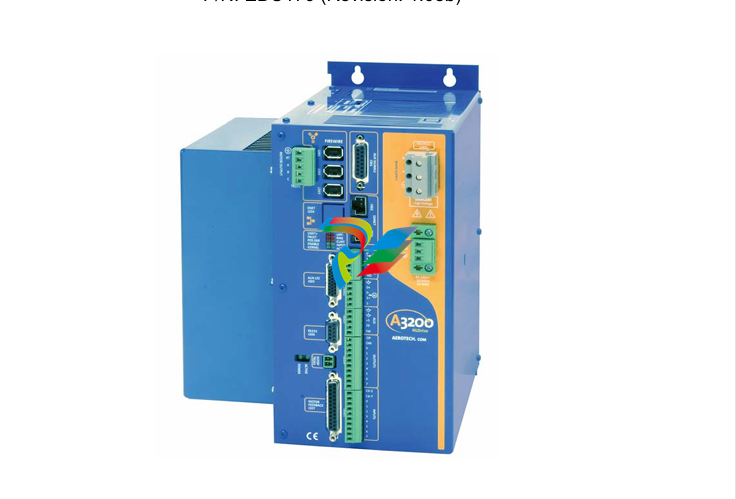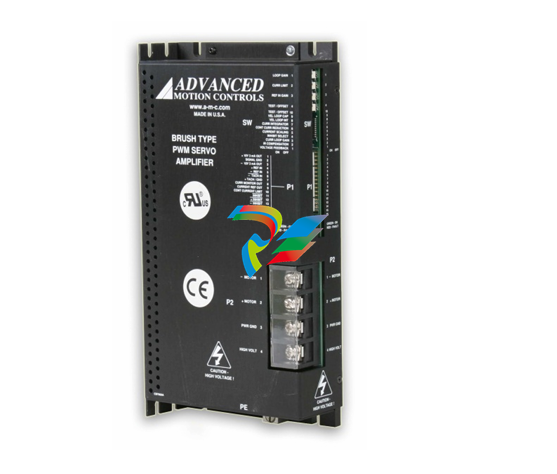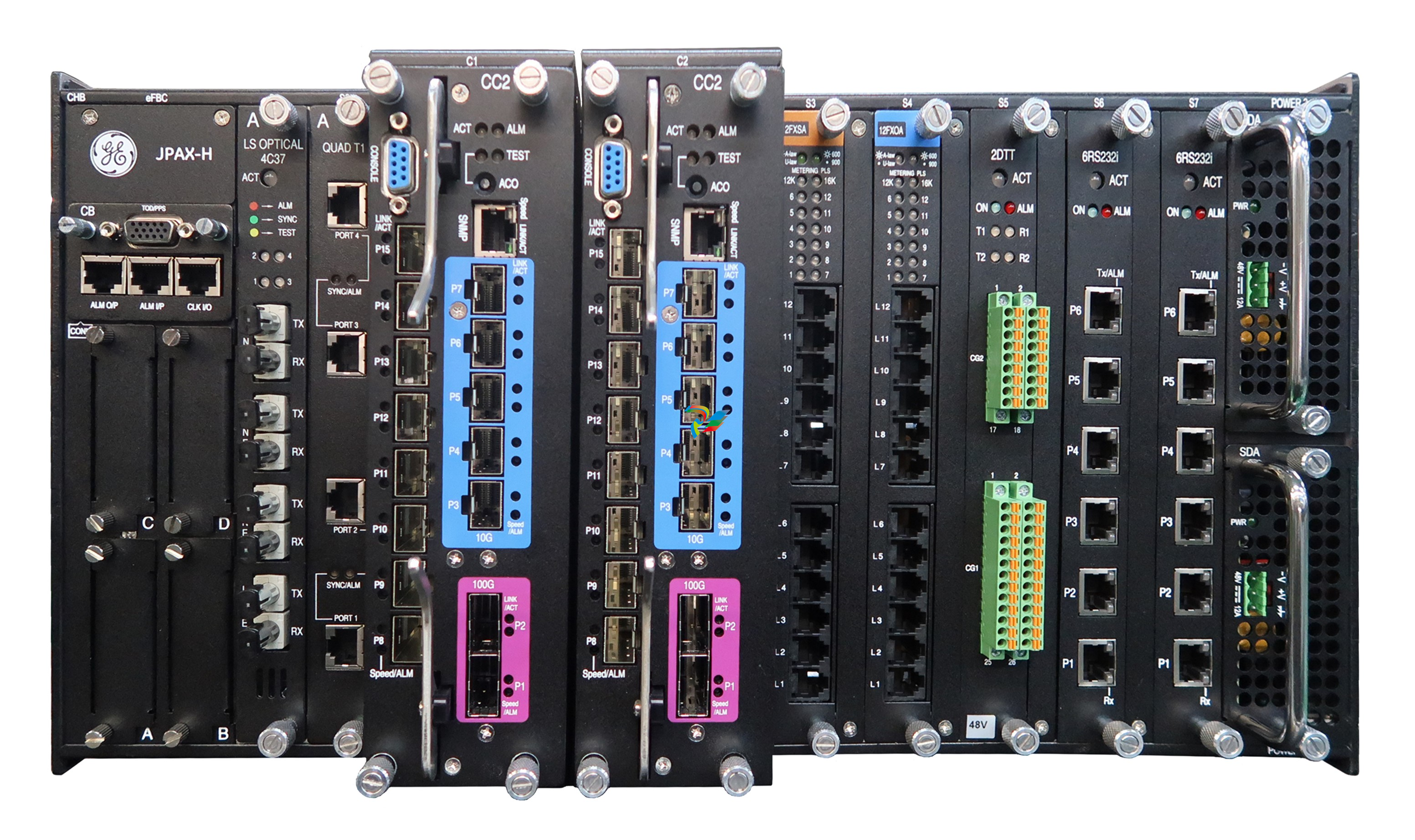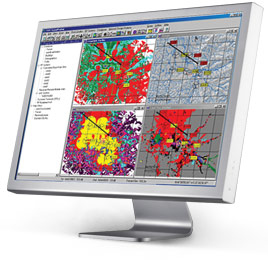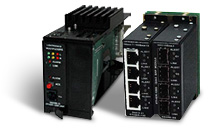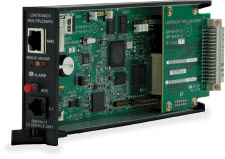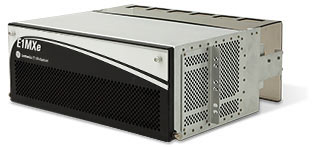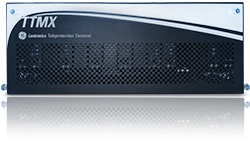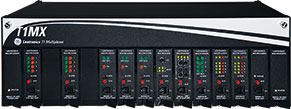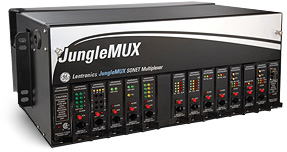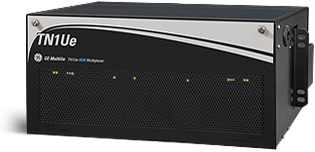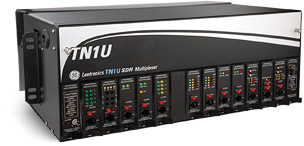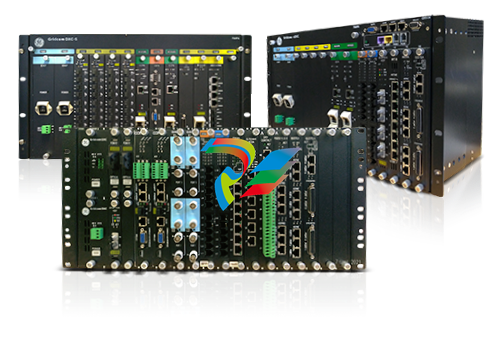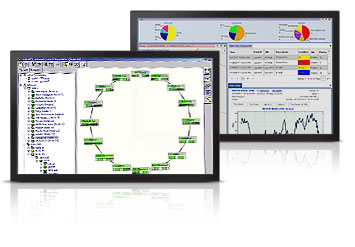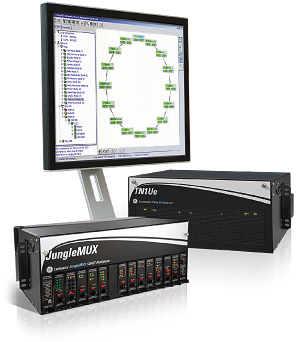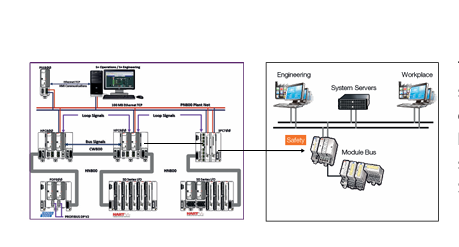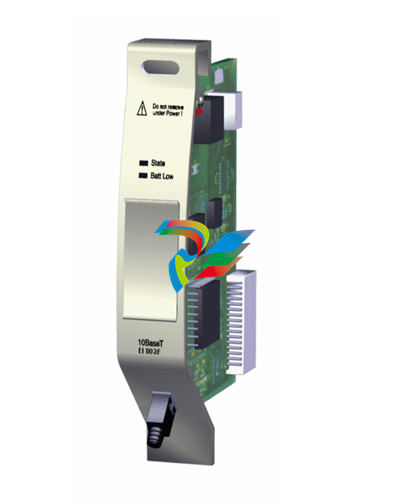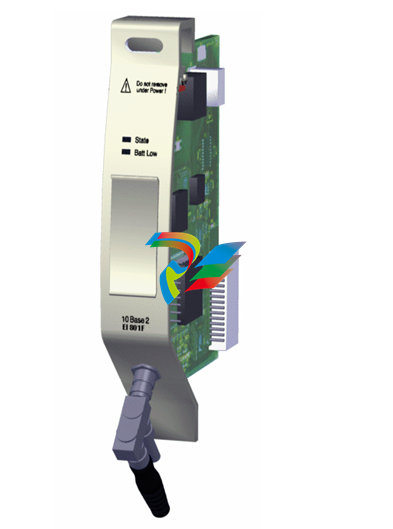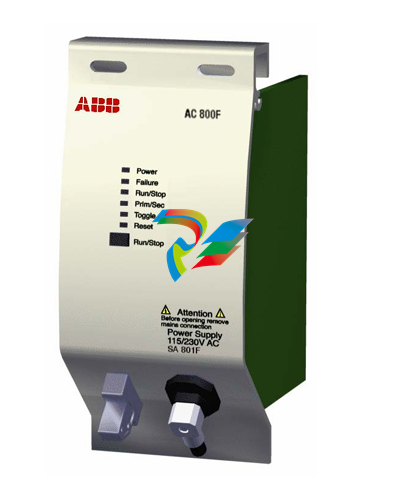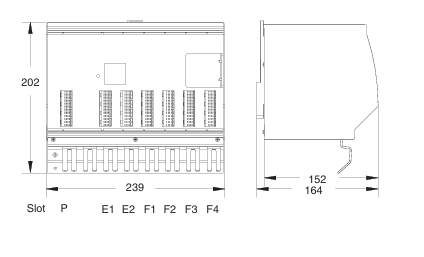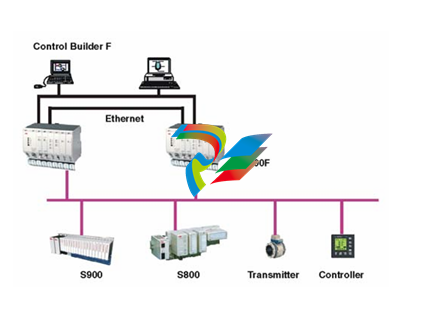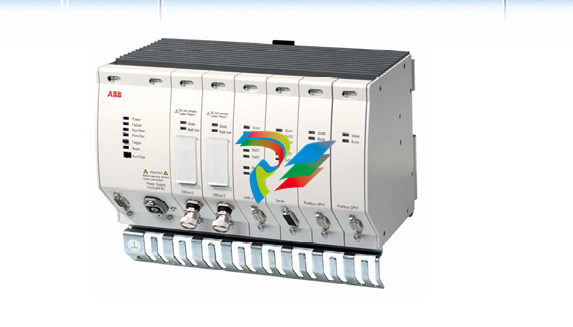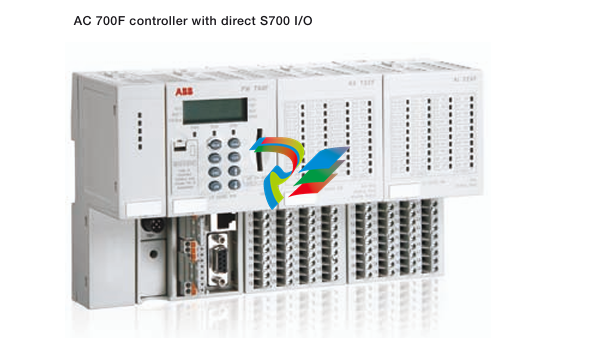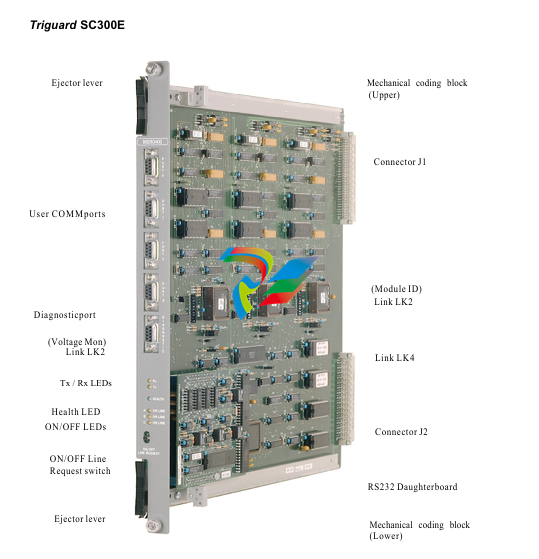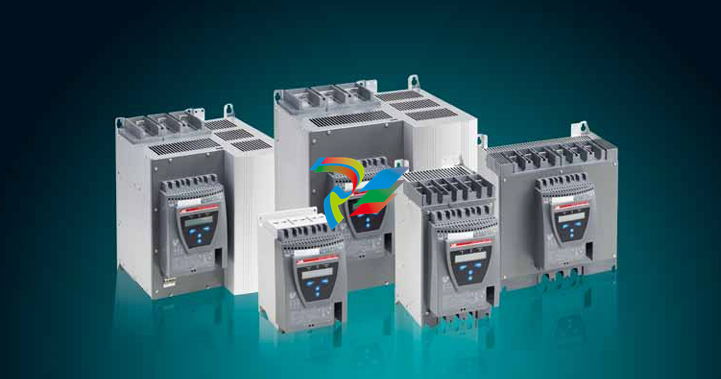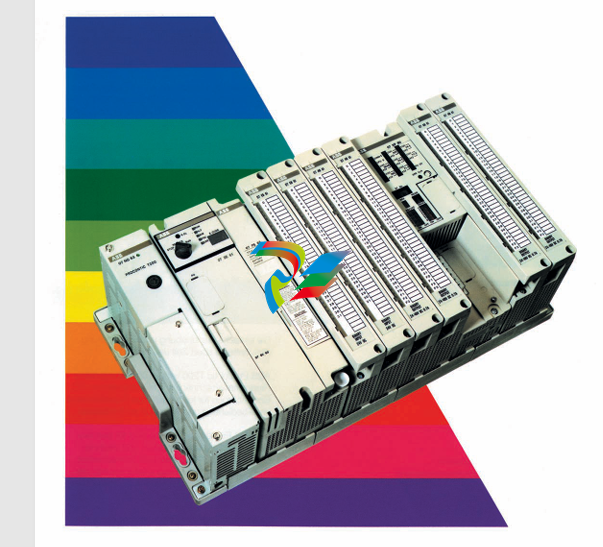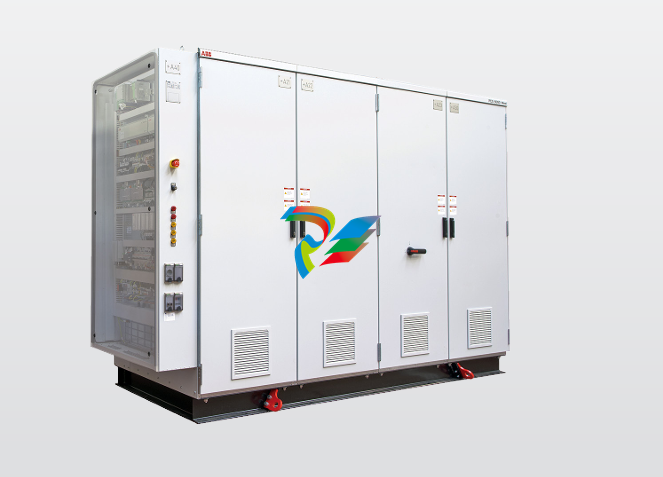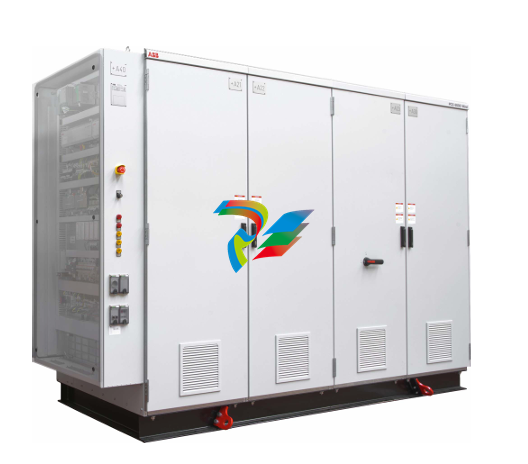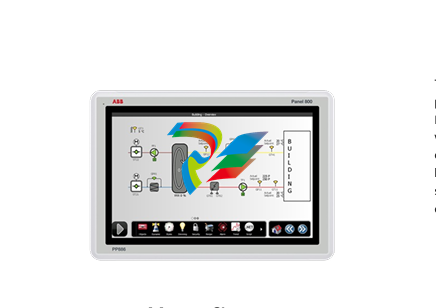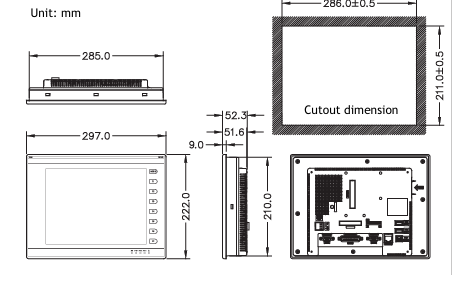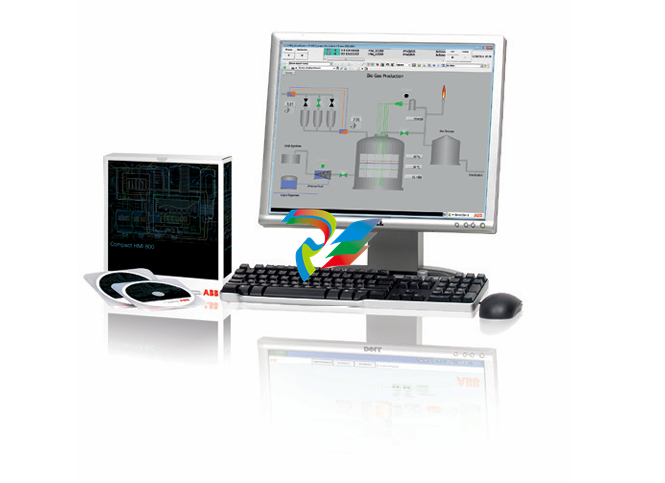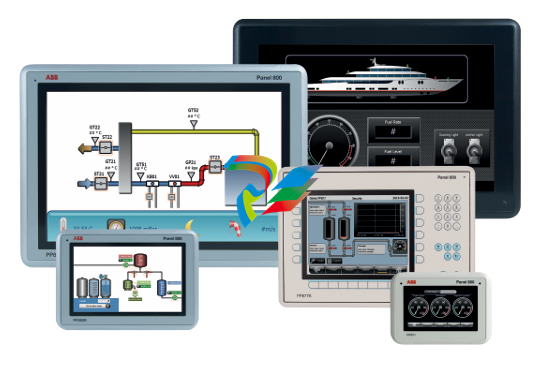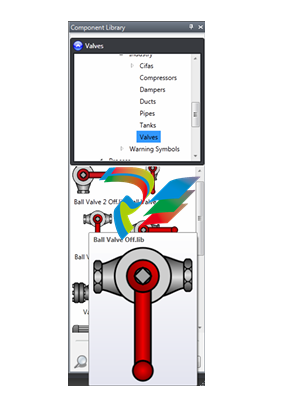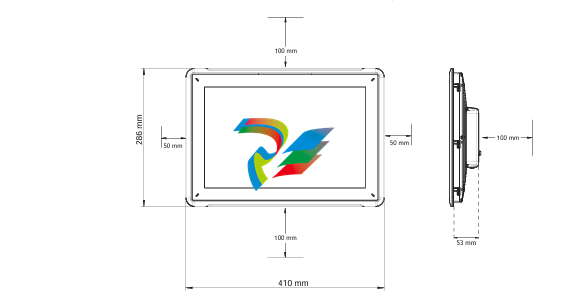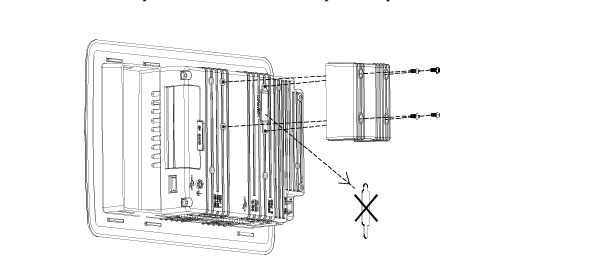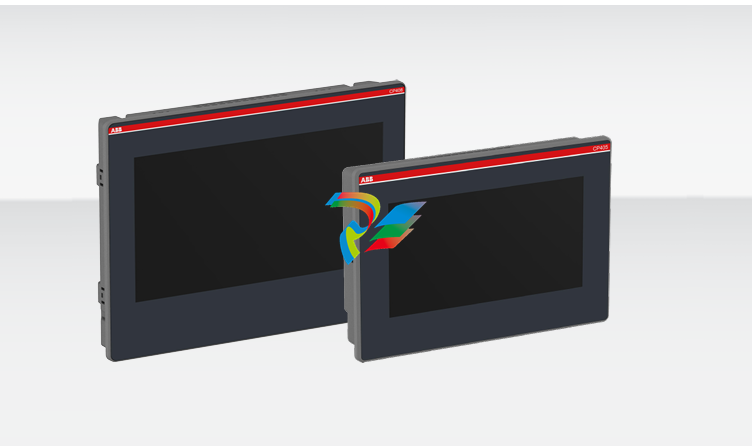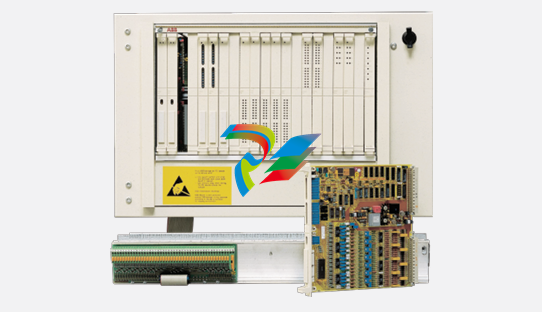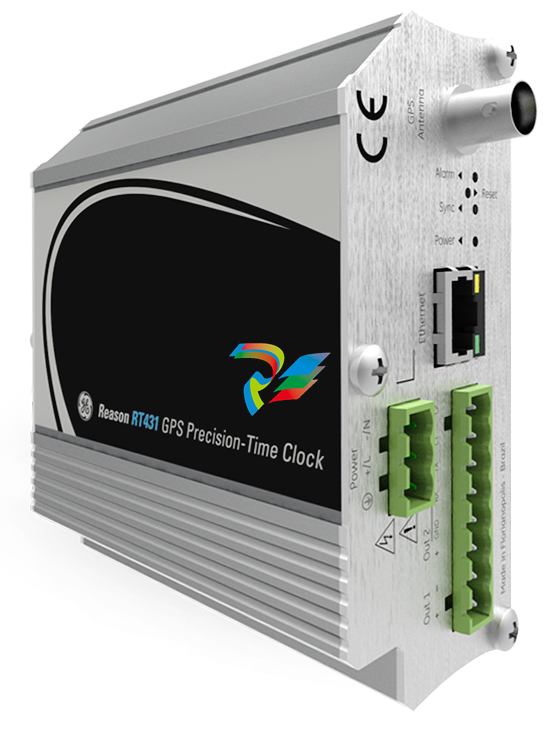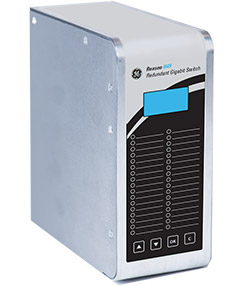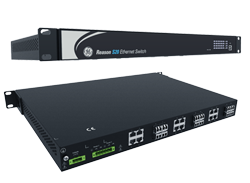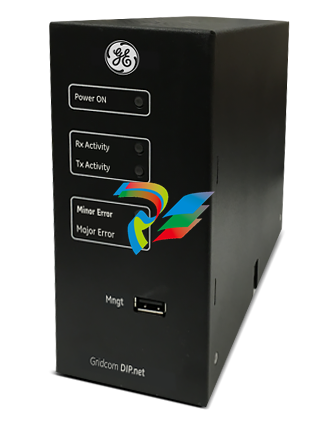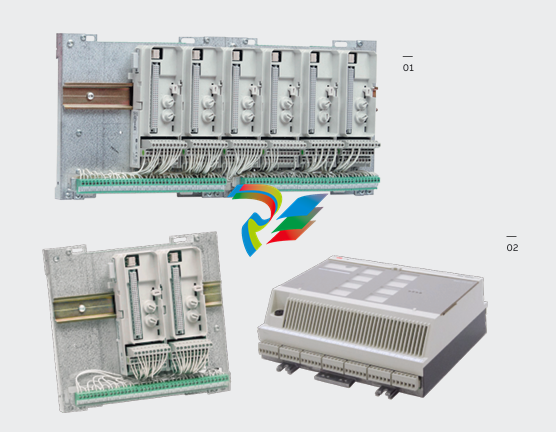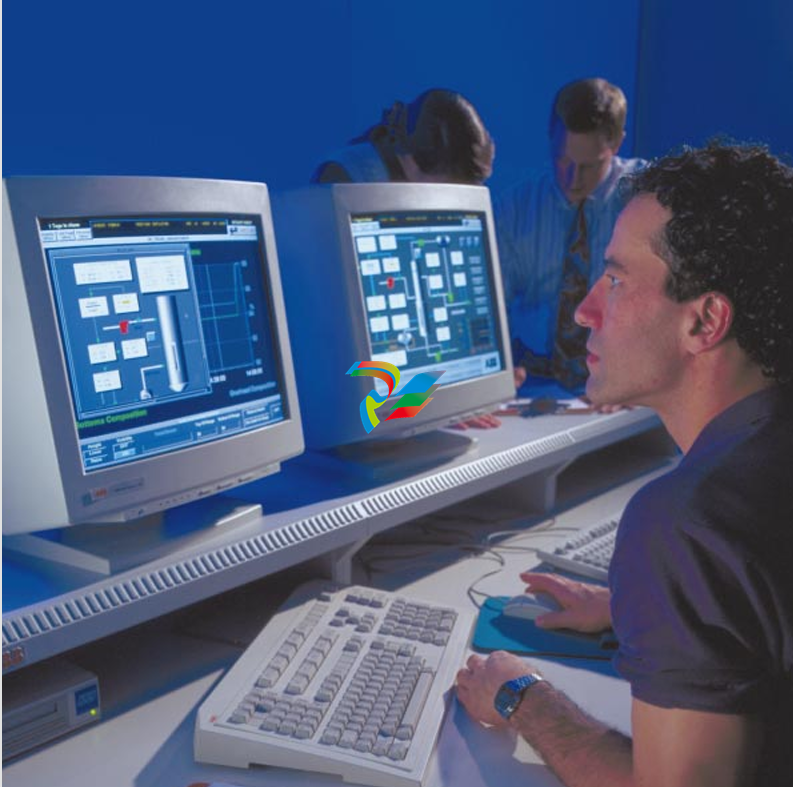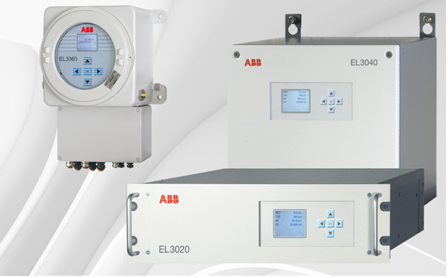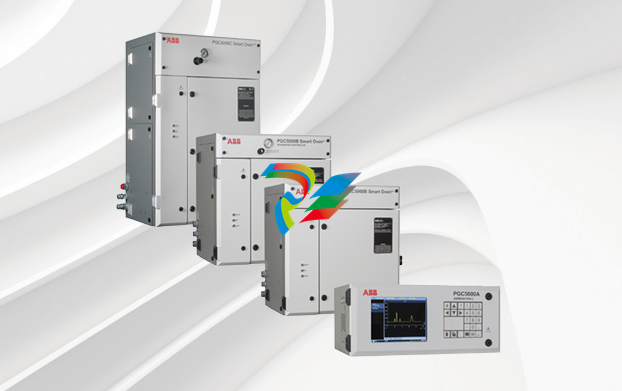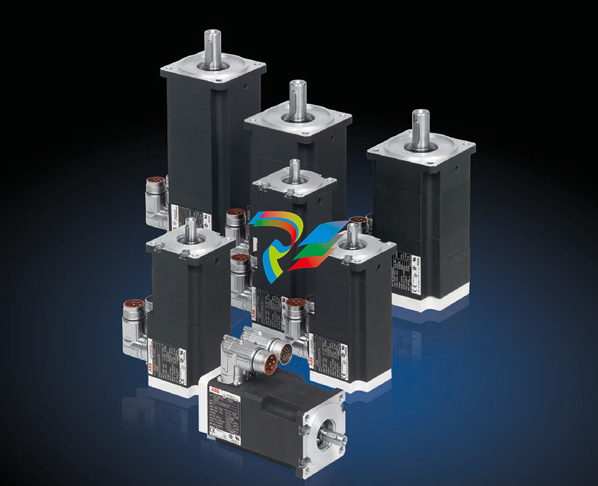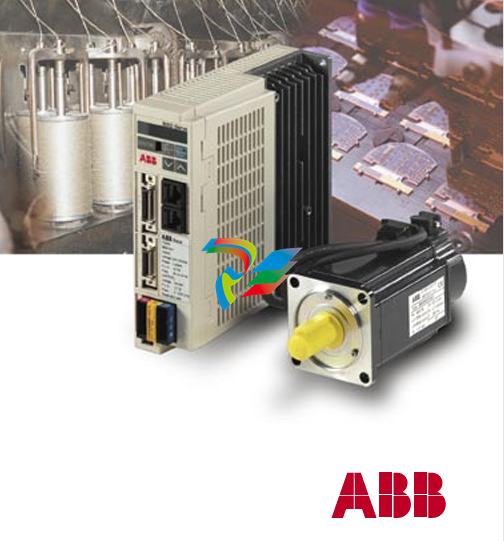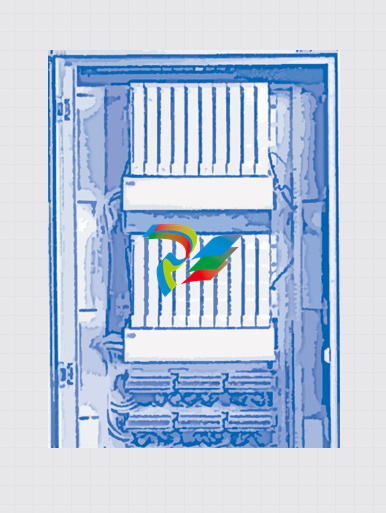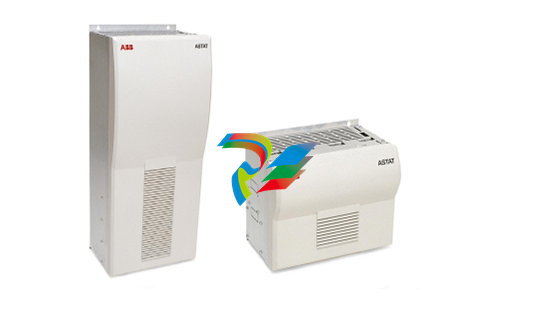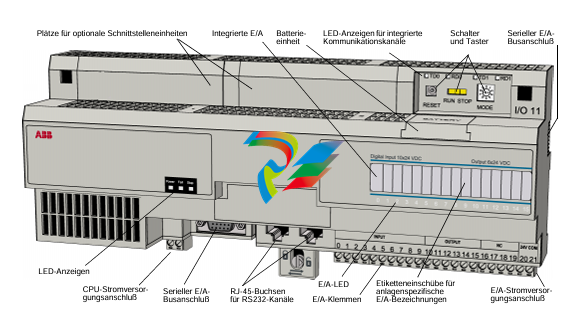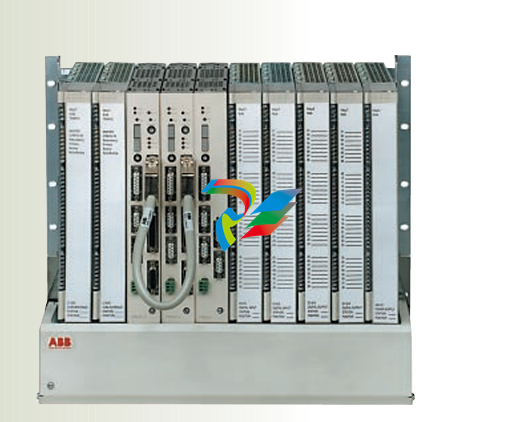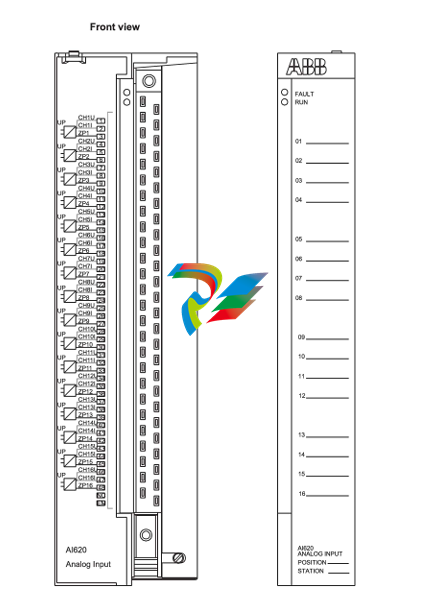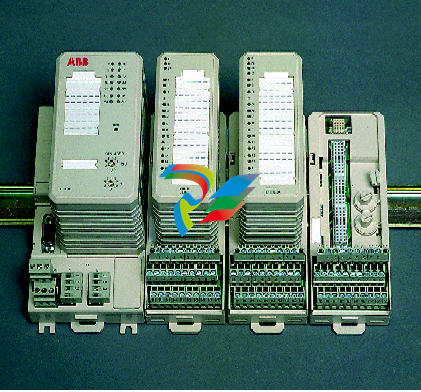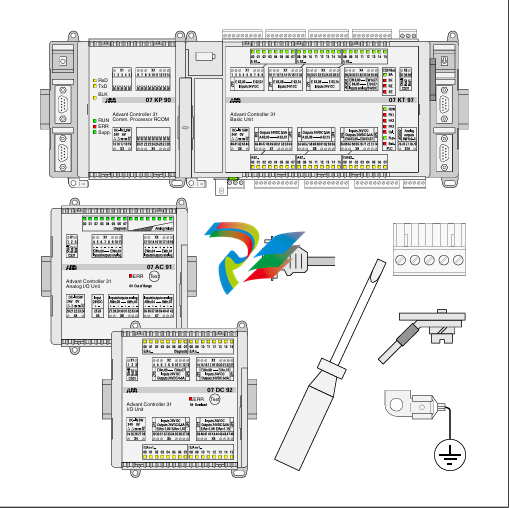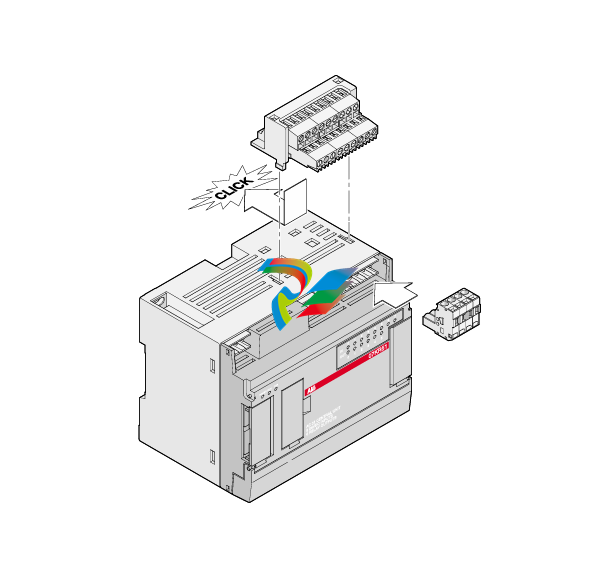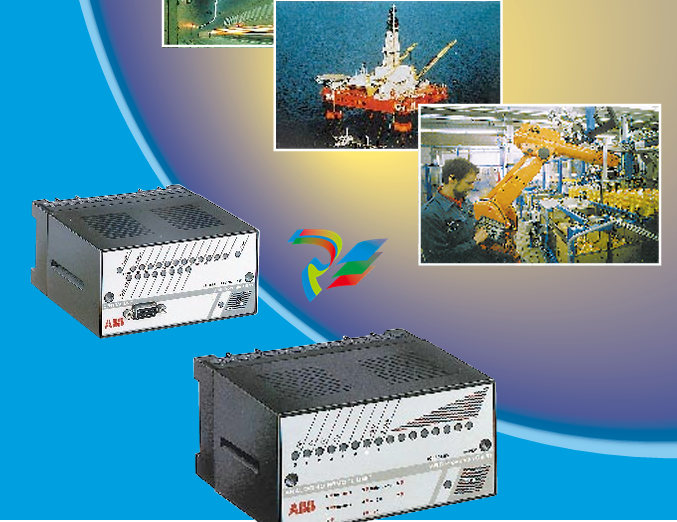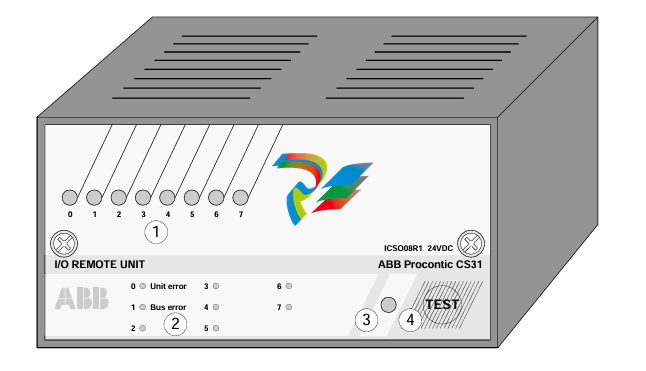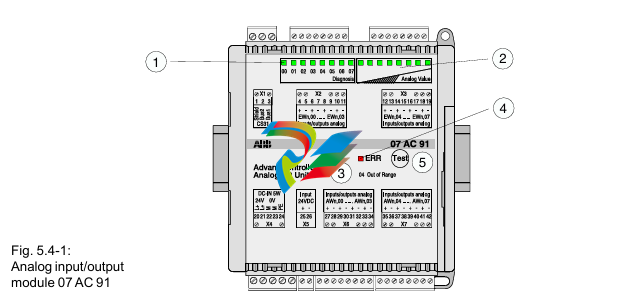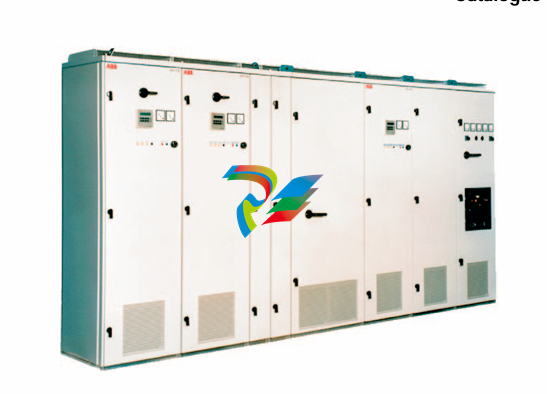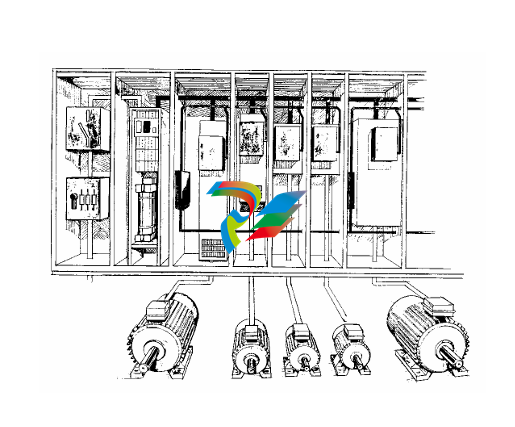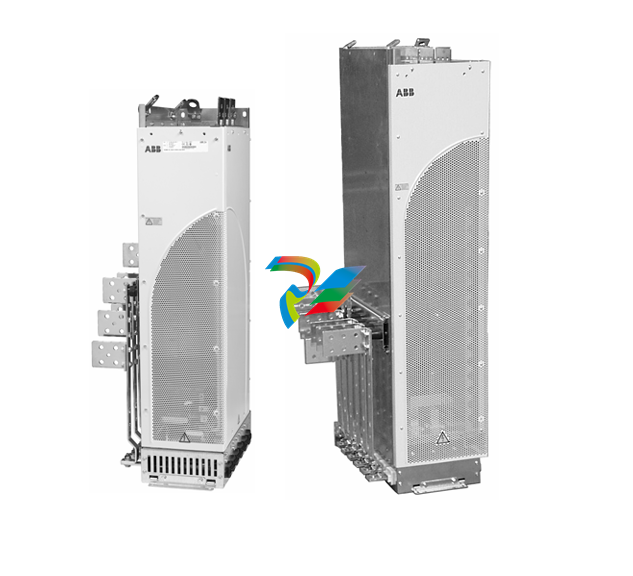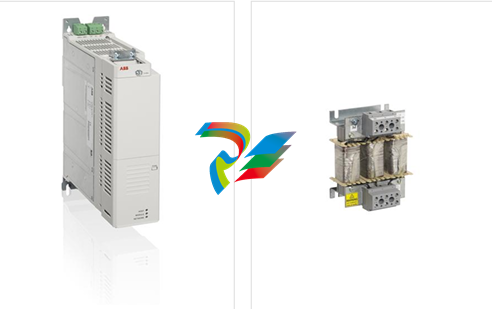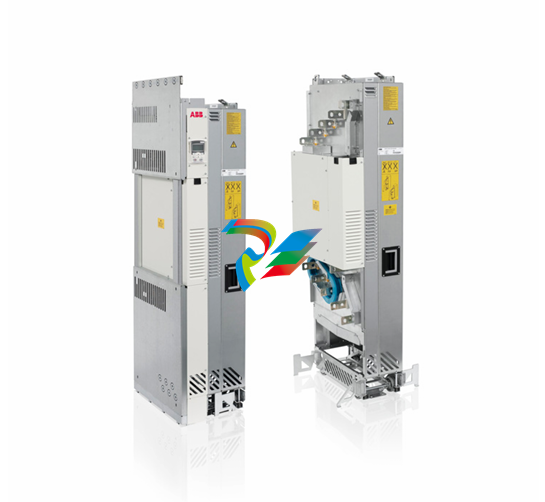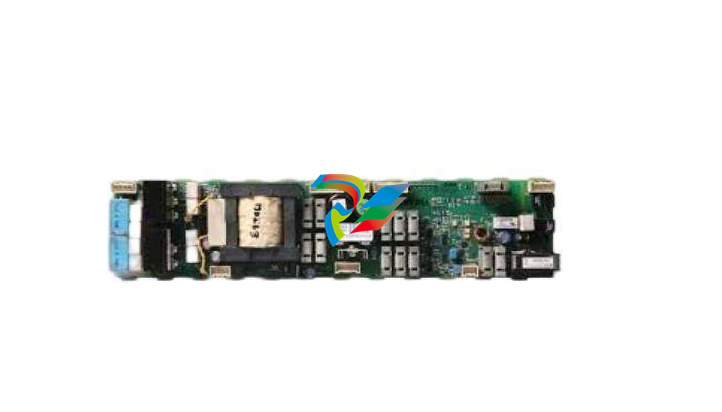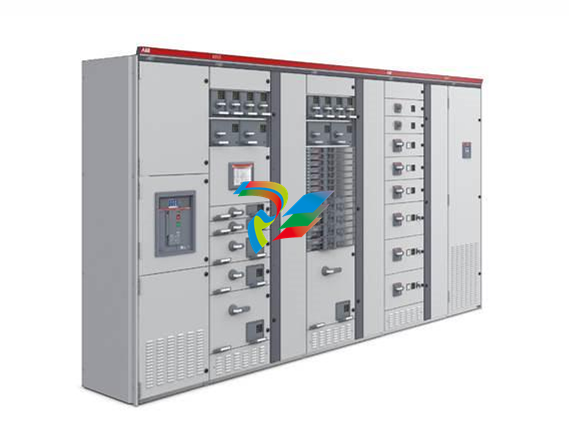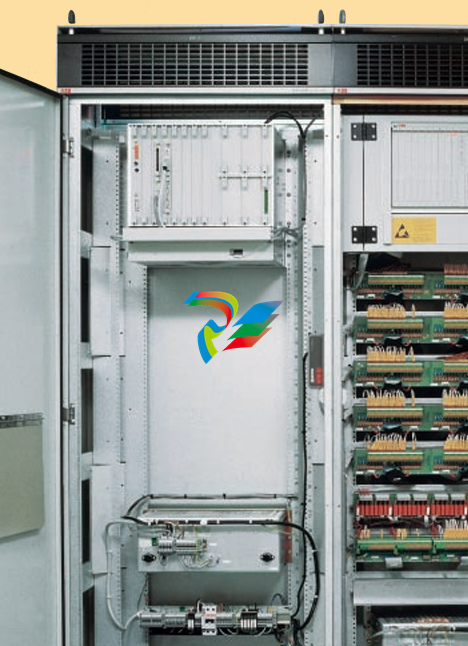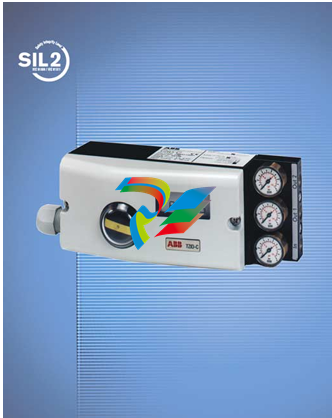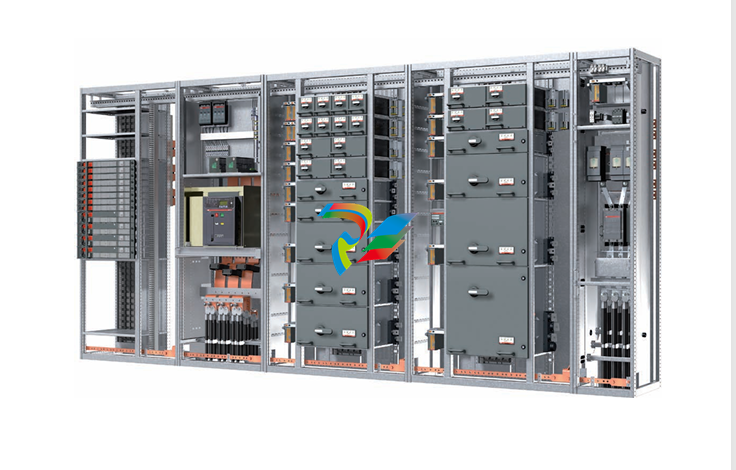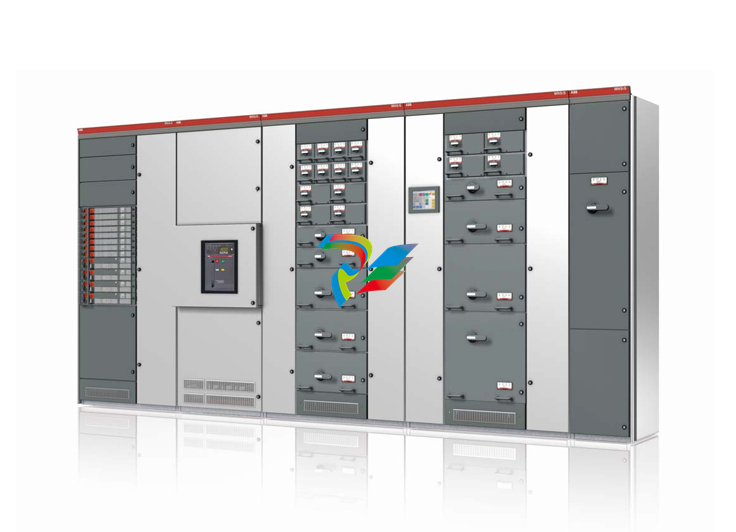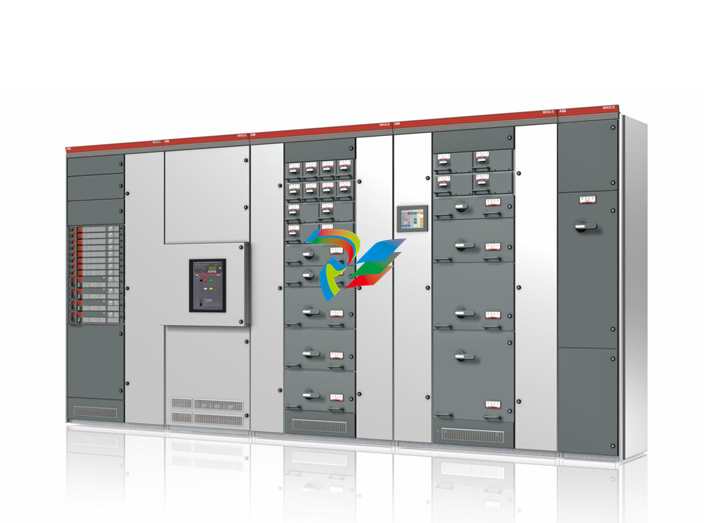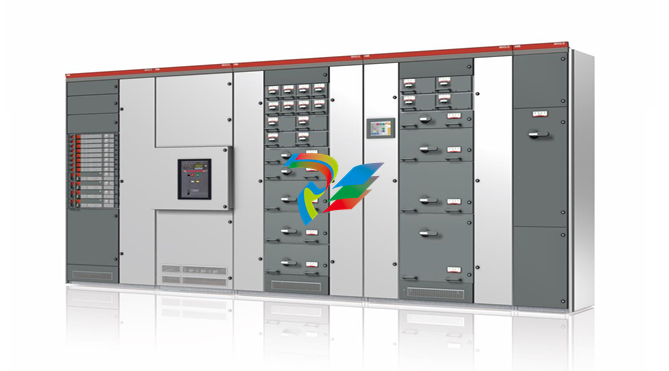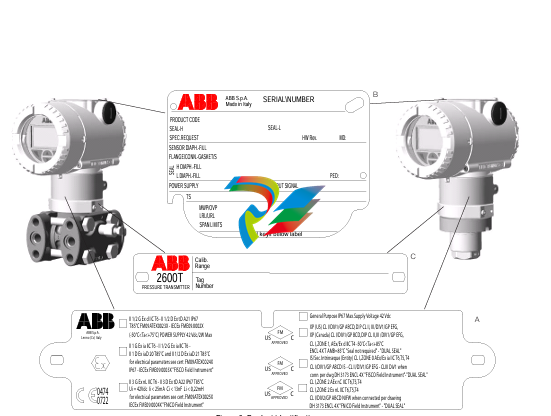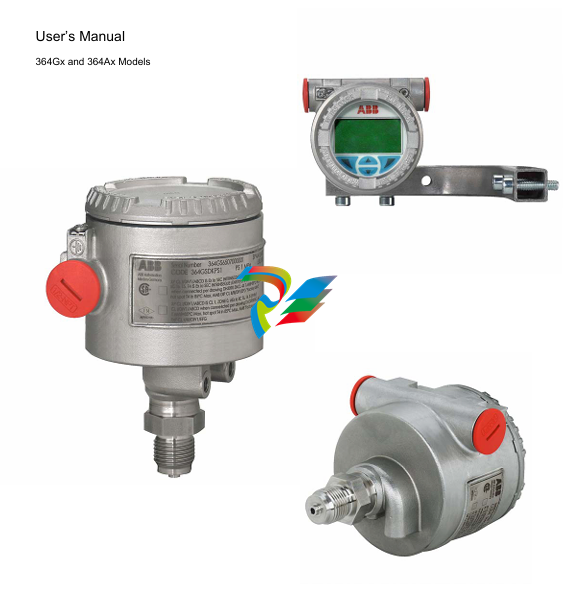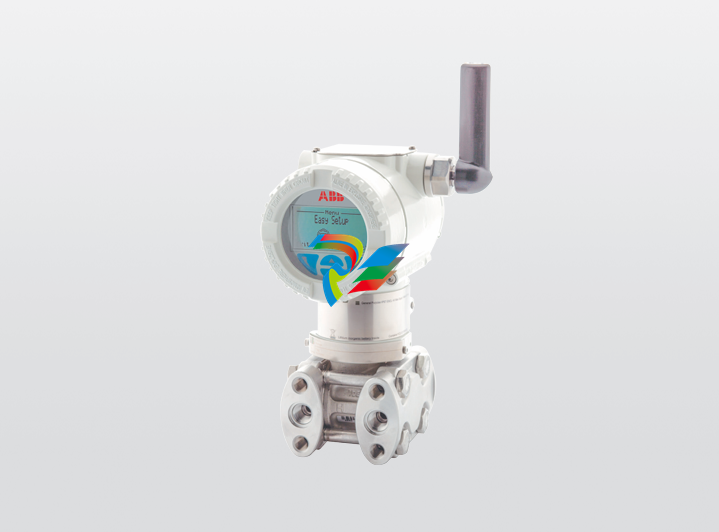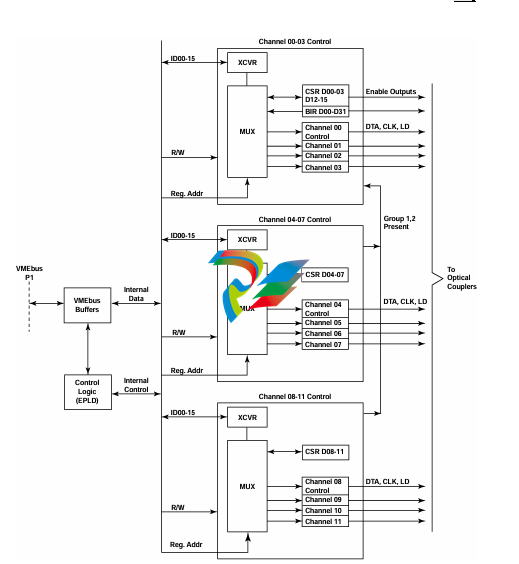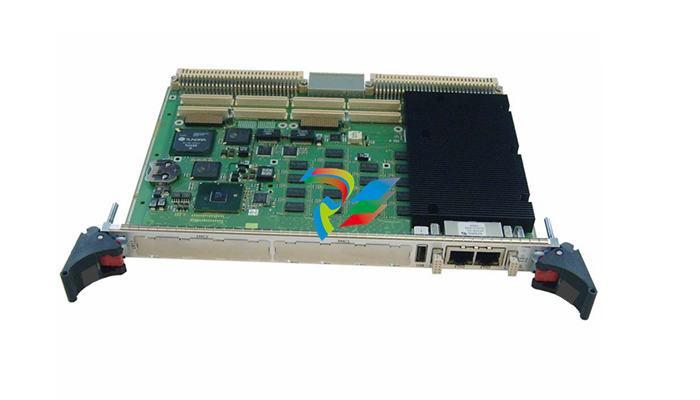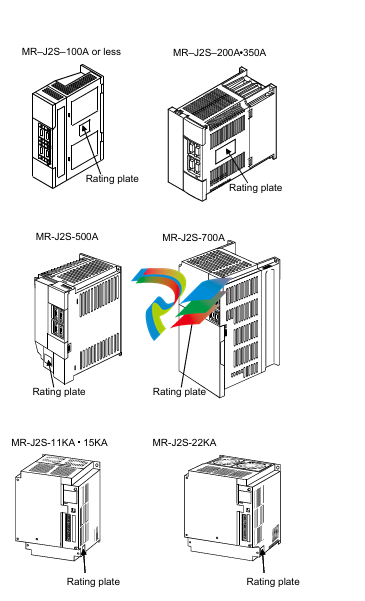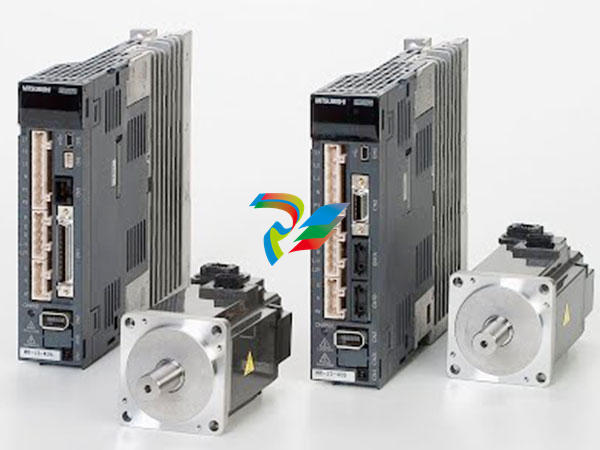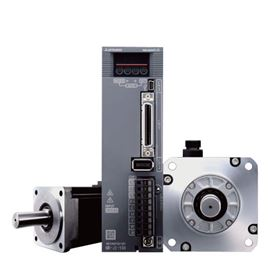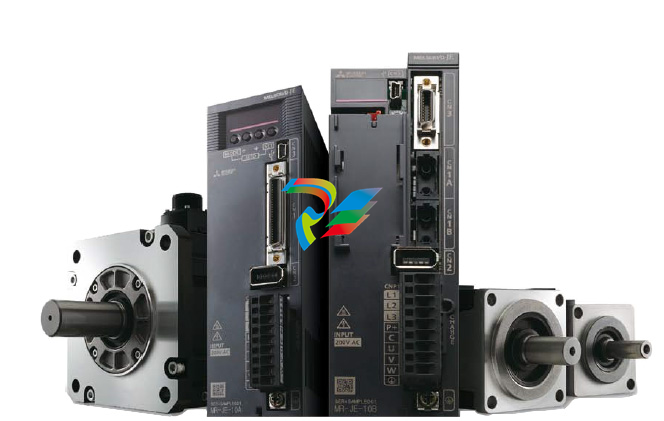
DCS; Industrial control system
Product
Article
NameDescriptionContent
Argument
Current Location:
PRODUCT SHOW
Description
. Introduction
Eddy current probe systems are highly sophisticated and specialized measurement tools that are widely utilized in a diverse range of industries for non-destructive testing (NDT) and inspection purposes. These systems rely on the principle of eddy currents, which are electrical currents induced in conductive materials when subjected to a changing magnetic field. By analyzing the characteristics of these eddy currents, valuable information about the inspected materials or components can be obtained, such as detecting flaws, measuring thickness, or assessing material properties.
2. Principle of Operation
- Eddy Current Generation: At the core of eddy current probe systems is the creation of a magnetic field by an excitation coil within the probe. When this probe is brought close to a conductive surface, the alternating current flowing through the excitation coil generates a changing magnetic field. This changing magnetic field, in turn, induces eddy currents in the conductive material under inspection. The distribution and behavior of these eddy currents are influenced by various factors, including the electrical conductivity, magnetic permeability, and the physical geometry of the material.
- Interaction and Detection: The eddy currents themselves generate their own magnetic fields, which interact with the original magnetic field from the excitation coil. This interaction causes changes in the impedance of the excitation coil. Probe systems are equipped with sensors, typically in the form of detection coils or other specialized transducers, that are designed to measure these impedance changes. By analyzing the variations in impedance, the eddy current probe system can infer information about the condition of the inspected material, such as the presence of cracks, voids, or changes in material thickness.
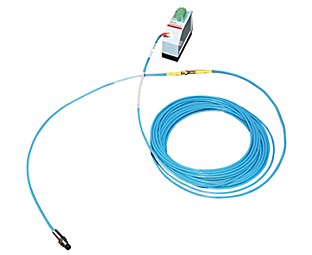
3. Components of Eddy Current Probe Systems
- Probe Head: The probe head is the part of the system that is directly in contact with or in close proximity to the object being inspected. It houses the excitation coil(s) and the detection coil(s). The design of the probe head can vary significantly depending on the application. For example, there are surface probes with a flat or curved shape to conform to different surface geometries, and there are also probes designed for internal inspection, like those used in borescope applications. The size and shape of the probe head are carefully engineered to optimize the magnetic field distribution and the ability to detect eddy current signals accurately.
- Signal Conditioning Unit: This component plays a crucial role in processing the raw electrical signals received from the probe's detection coils. It amplifies the weak signals, filters out noise and unwanted frequencies, and may perform other signal conditioning tasks such as phase shifting or signal rectification. The conditioned signals are then in a more suitable format for further analysis by the data acquisition and processing components of the system.
- Data Acquisition and Processing Unit: Responsible for collecting the conditioned signals from the signal conditioning unit and converting them into digital form for analysis. Advanced data acquisition systems can sample the signals at high frequencies to capture detailed information. The processing unit then applies various algorithms and analytical techniques to interpret the data. This may involve comparing the measured signals to reference signals or using mathematical models to determine the characteristics of the inspected material, such as identifying the location and size of defects or calculating the thickness of a layer.
- Display and Reporting Unit: The results of the eddy current inspection are presented to the user through a display unit, which can range from a simple graphical display showing basic measurement values to more sophisticated interfaces that provide detailed visualizations of the inspected area, including maps of defect locations and severity. The system can also generate reports that document the inspection results, which are useful for record-keeping, quality control, and making decisions regarding the acceptance or rejection of inspected components.
Purchase history
| User name | Member Level | Quantity | Specification | Purchase Date |
|---|
Total 0 Record
Customer Reviews
Satisfaction :
5 Stars
No evaluation information





